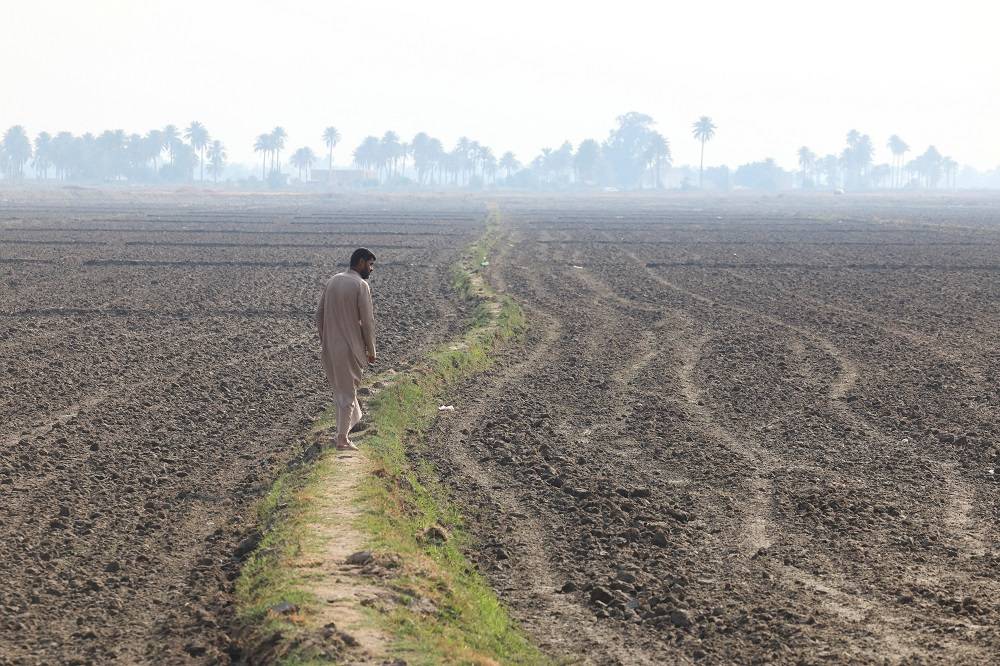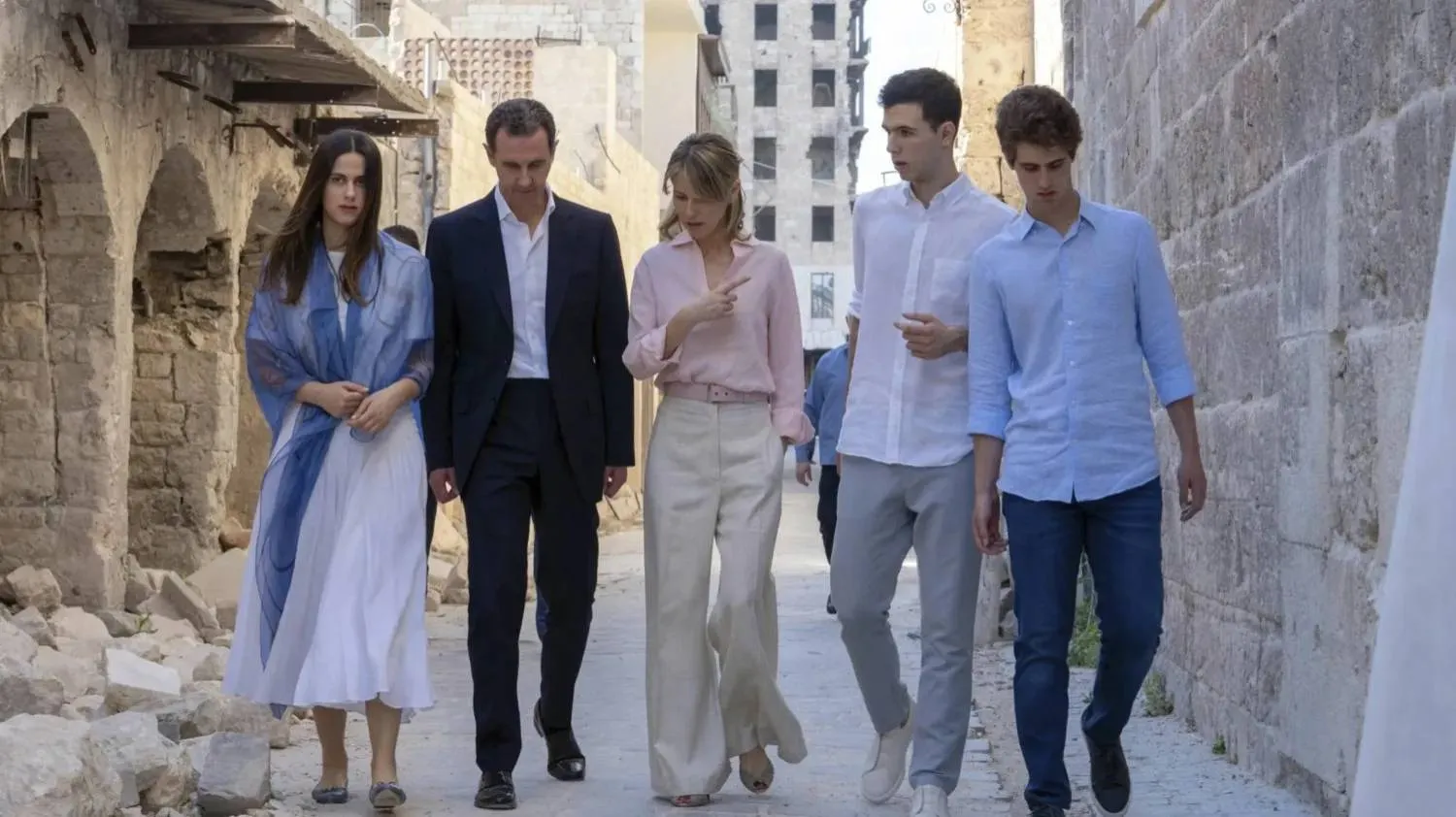The commanders of the Iranian Revolutionary Guards Corps (IRGC) had in recent months marginalized civilian authorities as they seek to manage Tehran’s ties with Washington after the United States re-imposed sanctions against Iran.
The IRGC had threatened during anti-government protests, sparked over the poor economy, to shut the Hormuz and Bab al-Mandeb Straits in wake of the renewed US sanctions. Rumors have, meanwhile, been rife in Iran that the IRGC may establish a completely dictatorial military regime.
Late Iranian supreme leader Khomeini had set up the IRGC in 1979 to confront any military coup and cement his power over the various groups that had waged the country’s revolution. The IRGC was tasked at the time with “defending the revolution and its accomplishments.” This vague statement has been used since then by the Guards to justify its meddling in military and non-military affairs.
Khomeini’s death in 1989 and rise of his successor Ali Khamenei allowed the IRGC to expand its power. The new supreme leader had relied on the Guards to solidify his grip on power and this consequently gave rise to a collaborative relationship between them.
War veterans, who took part in the 1980-1988 Iran-Iraq War (first Gulf War), seized leading positions in the IRGC. These figures remained in power amid all the political tumults in Iran until early 2010, said American expert Will Fulton in his book “The IRGC Command Network: Formal Structures and Informal Influence.”
The IRGC continued to expand its political influence throughout the 1990s. Along with hardliners, it expressed concern over the rise of “reformists” in the country. The reformists called for easing social and political restrictions and improving ties with the world. This was viewed as a threat by the IRGC.
During the 1999 student protests, the Guards sent an open letter to then President Mohammed Khatami, warning him that it may intervene should he fail in containing the demonstrators.
By 2005, the non-elected IRGC agencies, which are controlled by hardliners, had rid electoral authorities of reformists. Later, the IRGC would play a role in the election of one of its former members, Mahmoud Ahmedinejad, as president. The IRGC would then lead crackdowns against civilian rallies protesting against the fraudulent 2009 presidential elections results.
The wide-scale anti-regime demonstrations that erupted in late 2017 and early 2018 appeared to be the early signs of a new revolution in Iran and sparked deep concern within the IRGC. Researcher Misagh Parsa said in his book “Democracy in Iran”, that historically, countries and societies resolve their crises by either staging a revolt or going ahead with reform. Iran, he noted, appeared to be headed on the second path.
As the demonstrations began to lose steam, however, rumors began to circulate that the IRGC was trying to seize complete control of the country. Senior Guards members started making calls for the election of a military official as president because this option is seen as the last resort to save the regime.
Current crisis
Iran’s economic woes were compounded in May when US President Donald Trump pulled out of the 2015 nuclear deal signed between Tehran and world powers. He also announced the re-imposition of economic sanctions, the first batch of which took effect in early August. The second batch will take effect in early November and calls for cutting down to zero Iran’s oil exports.
The pro-IRGC Javan newspaper published at the time a long in-depth interview with a conservative academic and IRGC supporter and another, with a reformist figure, in which both agreed that Iran’s policy had reached a dead-end.
The academic warned that Iran was being transformed from a totalitarian state into a military-ruled totalitarian state. A strong figure during this phase would ensure that the transformation would ultimately lead to democracy. He did not refer directly to Qassem Soleimani, commander of the IRGC Quds Force, but simply said that the new generation of Basij forces were leaning towards reform and cooperating with the IRGC.
Soon after, Washington and Tehran traded threats over shutting the strategic Hormuz Strait. IRGC commander Mohammad Ali Jafari warned that all oil trade routes were within Iran’s range. He also added that the US threat to bar Tehran’s oil exports in November were unrealistic.
Soleimani then delivered a strongly-worded response to Washington’s economic threats, saying that the American presence in the Red Sea was no longer safe and the Quds Force was in a confrontation with the American military. Many hardline figures ardently supported his threat, despite some criticism that he had marginalized the role of diplomacy in the spat.
Contrasting IRGC stances
Days before the August sanctions took effect, Trump announced that he was ready to hold unconditional negotiations with Iranian President Hassan Rouhani. Many Iranians said that the country’s leadership should accept the offer, but it was rejected.
Soon after, Jafari responded to Trump’s proposal, saying: “Iran is not North Korea to accept your offer for a meeting. Even US presidents after you will not see that day.” He added in a speech that Iran will not allow its officials to negotiate or meet with American officials.
Iranian responses to Jafari’s statements were not as avid as those reacting to Soleimani’s, especially in IRGC circles. His speech was also not covered by IRGC media. Moreover, reaction on social media was calm in comparison to reactions to Soleimani’s speech.
Officials said that Jafari made his speech without consulting with others. Foreign ministry spokesman Bahram Qasemi said that he was not aware of the speech until it was released. MP Ali Mathari condemned Jafari’s remarks, while social media users said that the IRGC commander had “crossed the line.”
Jafari… where to?
The timing of Jafari’s statements are a sign that he was seeking to play a role in the Iranian political scene in wake of Soleimani’s powerful speech. Rumors have also said that Soleimani, one of the IRGC’s most popular commanders, was seeking to run for president. It is likely that he will not face real competition should he chose to do so.
In this regard, Jafari, whose ten-year term ended in 2017 and was extended for three years, could be seeking to preserve his position or possibly even be eyeing the presidency. In either case, the military will likely step in and stifle civil institutions.
The new Iranian president will be faced with two options: Either introducing central and radical change to deal with the woes of the people or continue along the old path and compound oppression and misery. The second option may speed up the end of the regime, while the first may breathe new life into it, especially in wake of a government campaign that is warning against Iran’s transformation into another Syria.
Two options to end the crisis
Observers believe that the Iranian leadership has two choices to resolve its crisis: Either holding negotiations with the US or clinging on to life.
Khamenei had ruled out the first option as long as the current American administration is in power.
Clearly, the economic and political situation in Iran will deteriorate as sanctions are re-imposed. Rouhani is also expected to come under greater criticism as his second term in office draws to an end. This will force him to cooperate with the IRGC because he realizes that the entire regime is facing collapse.
Prominent reformist strategist Saeed Hajjarian predicted that military officials may be appointed to a “crisis cabinet” chosen by Rouhani to manage important issues. This will mark a semi-hegemony by the IRGC as it would then be able to support its preferred presidential candidate.
*Amir Toumaj is an Iranian-American researcher specialized in Iranian affairs.










